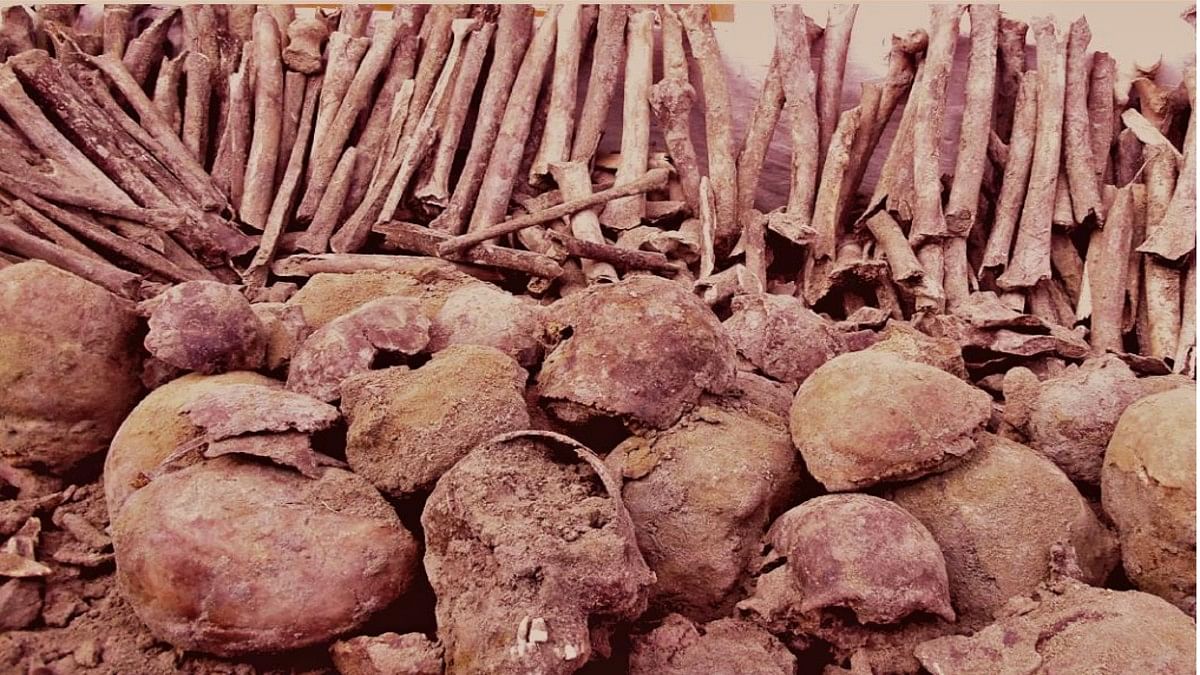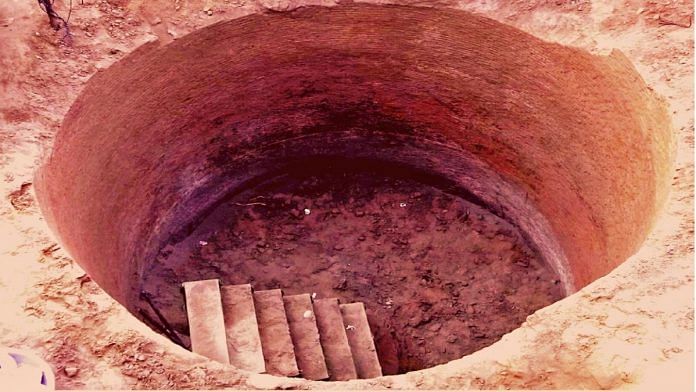Hyderabad: Skeletal remains excavated from Punjab’s Ajnala in 2014 are those of Indians native to the Indo-Gangetic Plain, a genetic study led by the Centre for Cellular and Molecular Biology (CCMB) has found.
Using DNA and isotope analyses, the study established a link between the skeletal remains — believed to be 165-years-old — and DNA sequences of residents of Uttar Pradesh, Bihar and West Bengal at the time.
The findings, combined with historical records, suggest that the remains might have belonged to Indian sepoys massacred by the British during the First Indian War of Independence in 1857, the researchers said.
The study was conducted by J.S. Sehrawat, an anthropologist from Panjab University, in collaboration with Hyderabad-based CCMB, Lucknow’s Birbal Sahni Institute, and the Banaras Hindu University (BHU). The study was published in the journal Frontiers in Genetics Thursday.
The identity and geographic origins of these skeletons have been under intense debate due to lack of scientific evidence, the CCMB said in a statement Thursday, adding that they collected around 50 samples for DNA analysis and 85 specimens for isotope analysis.
“The results from this research are consistent with the historical evidence that the 26th Native Bengal Infantry Battalion consisted of people from the eastern part of Bengal, Odisha, Bihar and Uttar Pradesh,” Sehrawat, who is also the first author of the study, said in the statement.
Historical records show that sepoys from this battalion were posted at Mian Mir, now in Pakistan, and killed British officers during the uprising of 1857. The Indian sepoys were captured by the British army near Ajnala and executed, the CCMC statement said.
Also Read: Sampling DNA from air could help track animals, transform wildlife monitoring
Victims of Partition or 1857 War?
About 282 Indian sepoys are believed to have been thrown into a well in Punjab’s Ajnala on 1 August 1857 by the British army.
The excavation that led to this momentous discovery was initiated in 2014 by Sikh historian Surinder Kochar and the Gurdwara Shaheed Gunj Management Committee, prompted by the discovery of skeletal remains in an old well in Ajnala earlier that year.
The site of excavation, known as “kaalon ka kuan (rebel’s grave)” is located at Ajnala, near Amritsar.

There has been much debate about the identity of the skeletons since 2014. Some historians believe that the skeletal remains belong to those killed in riots during the Partition. The other prevailing belief, based on various historical sources, is that the remains belong to Indian sepoys killed in 1857.
“DNA analysis helps understand ancestry of people, and isotope analysis sheds light on food habits. Both the research methods supported that the human skeletons found in the well were not of people living in Punjab or Pakistan,” CCMB Chief Scientist K. Thangaraj said. “Rather, DNA sequences matched with the people from UP, Bihar, and West Bengal.”
CCMB Director Vinay Nadicoori added that the institute is set to take up a large-scale study of ancient DNA.
(Edited by Amrtansh Arora)
Also Read: DNA test can help you pick right career, claims startup. ‘Unscientific, devastating’, slam experts




